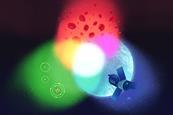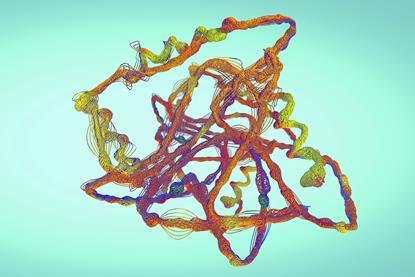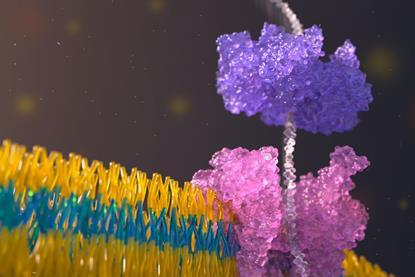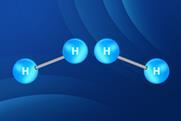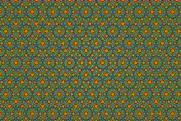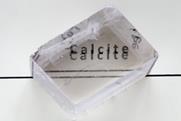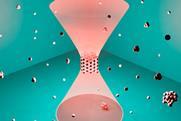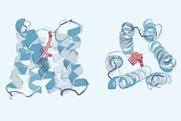The future of analytical chemistry
We’re looking ahead to the future of analytical chemistry, from monitoring the planet from satellites, diagnosing cancer quickly and easily from small blood samples, to where the discipline itself is heading. And with a century and half passing since the Society of Public Analysts was founded, what does the future hold for this important role?
How satellite remote sensing is enhancing our understanding of Earth
Instruments in space have studied the planet’s atmosphere and surface, and are now being joined by powerful new ones, finds Andy Extance
Blood biopsies for cancer
Testing small amounts of blood for the presence of disease markers could revolutionise how we detect cancer. Clare Sansom reports
Analysing a chemist’s wish-list
Analytical techniques have come a long way, but what does the future hold? Rachel Brazil asks the experts what they’d like to see
Why we need public analysts
As the Association of Public Analysts winds up, Duncan Campbell reflects on the continued importance of the profession
Analytical chemistry is never far from the frontiers of science
New and better tools are pushing back boundaries and changing the world
- Webinar
Broadband benchtop NMR spectroscopy: it’s more than just proton and carbon
Join us for a demonstration of how benchtop NMR can be used to study elements beyond hydrogen and carbon - live on 20 November
- Webinar
ChemisTwin: Cloud-based analysis of NMR and IR spectra
Join us 8 November to discover how analytical software can support your workflow
- Webinar
The science and promise of liquid biopsies
Join us on 4 December to learn more about the science of liquid biopsies from leaders in the field
- Research
Banned pigments found in tattoo inks sold in the EU
Nine out of 10 green and blue inks analysed violate Reach regulations
- Research
Nanopore sequencing set to transform our understanding of proteins
Rapid sequencing technique can not only deal with proteins hundreds of amino acids long but can detect modifications
- Research
Hydrogen dimers finally detected at room temperature
Researchers revisit spectrum of fragile dimer with high-sensitivity spectroscopy
- Opinion
Science can make doping tests more trustworthy
Contamination cases at the Olympics and beyond highlight the need for minimum reporting thresholds for drug testing in sport
- Research
Reading into the dangers of poison paint in Victorian-era books
Brightly coloured fabric covers hide poisonous dye legacy
- Research
Stonehenge Altar stone likely came from Scotland, not Wales
Mineral analysis matches sandstones from over 750km away
- News
Award-winning chemist threatens to sue critic
Tensions flare in latest dispute over spherical nucleic acid technology
- Research
Analytical chemistry tools point to the future of personalised medical diagnostics
Molecular fingerprinting techniques outperform standard blood tests for detecting the onset of many diseases
- Feature
The irregular habits of crystals
Centuries of study have refined theories of how substances with periodically ordered structures behave. Anna Demming talks to the researchers exploring where these theories can apply in materials that are not ordered periodically, or even ordered at all
- Opinion
What’s lurking in your drink and drugs?
How to test illicit substances at festivals and identify the rodent in your beer
- Webinar
Navigating pharmaceutical manufacturing changes with Lundbeck: Insights into process optimisation
Learn how to visualise data, develop best practices and comply with regulations
- Research
AI tool outperforms existing x-ray structure methods
Deep learning approach determines phase of diffracted beams with lower-quality data
- Research
Amorphous clusters across a vast range of sizes found to affect crystal nucleation
The clusters provide sites for nucleation, which contradicts classical nucleation theory
- Research
Nanopore proteins designed from scratch and turned into biosensors
Artificial ion channels used to detect disease indicators and pharmaceuticals
- Research
Optical trap experiments pick up recoil of a single alpha particle blasting off
High sensitivity measurements were able to detect electrons ejected by force of departing helium nucleus
- News
British cyclist’s doping case raises questions over testing precision
Lizzy Banks’ case puts exceptional sensitivity of tests under scrutiny
- Research
Algorithm predicts bitterness from mass spectra data alone
New tool could find use in food science and drug development




